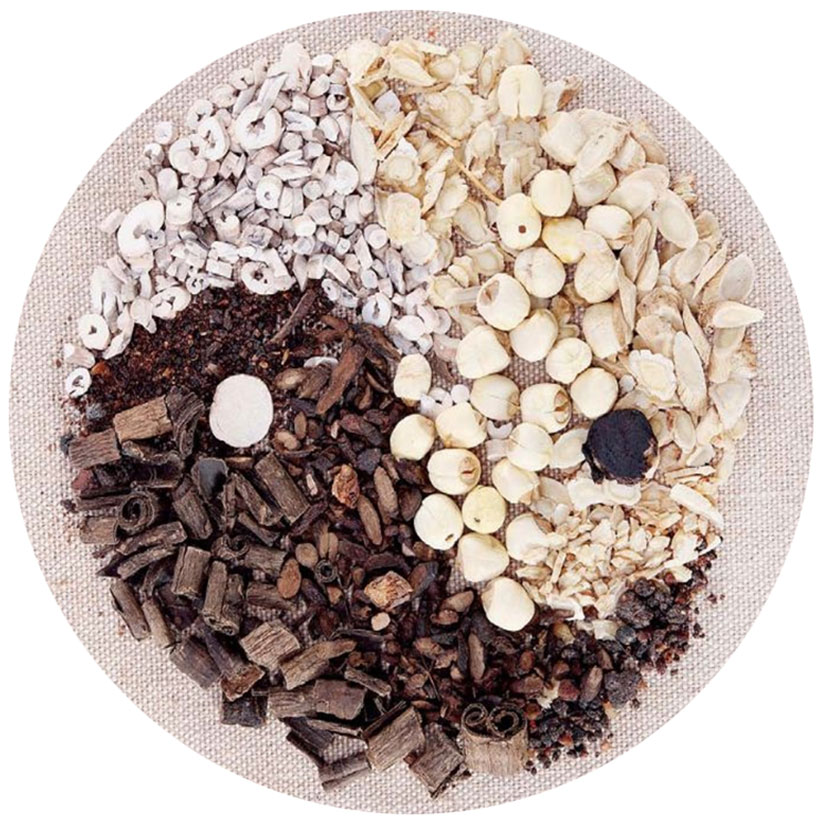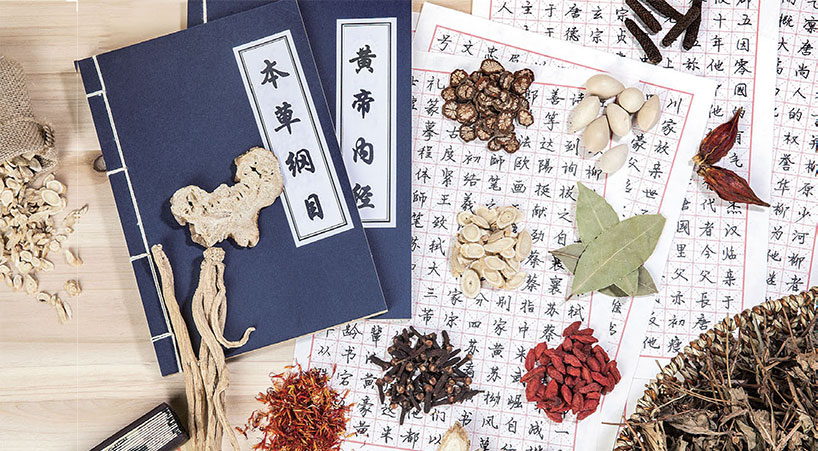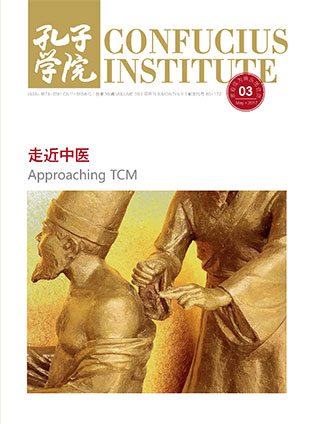

History of Traditional Chinese Medicine
The traditional Chinese medicine has a history of thousands of years, which is unprecedented in the world’ s history of medicine. China boasts a large storage of ancient medical books and countless prestigious medical practitioners, which is also a rare phenomenon in the world.
Human beings have been fighting against nature for survival ever since they came into being on the earth. As they searched for food, they realized that plants with different flavors had different therapeutic efficacy. Accordingly, they classified them into different categories. After they learnt how to make fire, they found that heating the body with roasted stones could ease some pain in the body. The experience laid the foundation for the development of Chinese herbs studies and acupuncture.
The oracle bone script in Shang Dynasty (1600 B.C.) bears the earliest known Chinese characters. According to the recognized script up to now, people by that time had developed a preliminary understanding of physiology, pathology and diagnosis and treatment of diseases. However, under the impact of primitive religion, medicine at that time was under the control of witch doctors and was thus less scientific and rational. As human civilization progressed, China was transformed from slave society to feudal society, when hundreds of schools of thoughts flourished. The emergence and rapid development of ancient Chinese philosophy gradually permeated into medical practices and eventually contributed to the formation of medical theories.
In Qin and Han dynasties (221B.C.-220A. D.), medicine gradually detached itself from witchcraft and thus became more scientific, pragmatic and rational. The appearance of three medical texts marked the formation of Chinese medical and pharmaceutical theories. The most striking one is Huangdi Neijing , which explains the relationship between human and nature, the theory of Zang-Fu and meridian system, physiological and pathological theory, the theory of diagnosis and treatment, and the theory of disease prevention and health preservation, thereby laying the foundation for the development of traditional Chinese medical theory. The pharmaceutical masterpiece Shennong Bencao Jing records the places of origin, property, flavor and function of 365 kinds of herbs and explains the basic theory of Chinese medicine, principles of prescription and medication, and methods of taking medicine, which lays the foundation for Chinese pharmacology. In clinical treatment, Zhang Zhongjing (150A.D.-219A.D.) wrote Shanghan Zabing Lun (Treatise on Febrile and Miscellaneous Diseases) , which establishes the basic principles of syndrome differentiation-based treatment and a clinical treatment system that incorporates the principle, method, recipe and medicine.
Traditional Chinese medicine witnessed an all- rounded development between Jin and Tang dynasties (265A.D.-907A.D.). It was an age characterized by turmoil and great integration. It was disturbed by wars in Northern and Southern Dynasties but also blessed with prosperity in Sui and Tang. Medical practitioners began to make a summary of all medical achievements on an empirical basis. Particularly, the accumulation of prescriptions in this time reached a new climax. The numerous books on prescription broaden people’ s horizon by incorporating a wide range of sources, including folk, proved, private and foreign prescriptions as well.
In Song, Jin and Yuan dynasties (960A.D.-1368A.D.), academic debates became a common practice. Different voices among medical theories activated academic thinking in medicine. Besides, the emperors in Song Dynasty were considered to place the heaviest emphasis on the development of medicine. In the Northern Song Dynasty, some organizations were established, including the Medical Books Revising Bureau that published medical books, higher medical education institutes that trained medical talents, Medical Institute of Benevolence and Bureau for Compounding that managed medical materials, and Relief House that provided medical welfare. Governments also organized medical practitioners to compile formula books and pharmacopeia, and forged acupuncture bronze models, which facilitated the development of medical care.
With long-term accumulation and examination, Chinese medical theory and practice were consummated in Ming and Qing dynasties (1368A.D.- 1911A.D.). By then a complete system had been developed for general theories and practical treatment methods. In preventive medicine, Chinese medicine practitioners invented smallpox inoculation, which made them pioneers in the world with regard to artificial immune therapy. In pharmacological research, Li Shizhen completed Bencao Gangmu (Compendium of Materia Medica) that recorded 1,894 kinds of herbs and summarized China’ s pharmaceutical achievements before the 16th century. Medical practitioners also completed many standardized and normalized medical books, which was accompanied by the emergence of more and more clinical cures for different diseases. In addition, the Qing government issued The Golden Mirror of Medicine , a textbook classic.
The traditional Chinese medicine has a history of thousands of years, which is unprecedented in the world’ s history of medicine. China boasts a large storage of ancient medical books and countless prestigious medical practitioners, which is also a rare phenomenon in the world. Robust and vigorous, traditional Chinese medicine always progresses with the times.
Published in Confucius Institute Magazine
Number 50. Volume III. May 2017.
Number 50. Volume III. May 2017.

























No hay comentarios:
Publicar un comentario